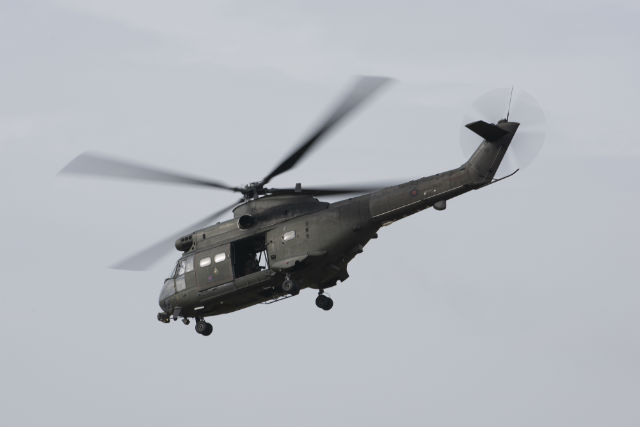With an ongoing upgrade of the UK’s military helicopter fleet around 50% complete, discussions have already begun within the defence ministry looking at future rotorcraft requirements beyond the middle of the next decade.
The three services embarked on the current enhancement and rationalisation programme following the publication of the ministry of defence’s rotary wing strategy in 2009.
It will eventually see the services concentrate on five core types as older helicopters are retired and new models arrive. In addition, significant capability improvement work has been carried out on three fleets – the Boeing CH-47 Chinook, Airbus Helicopters Puma, and AgustaWestland AW101 Merlin – to bring them to new operating standards.
Air Vice Marshall Julian Young, the newly appointed director, helicopters, at the Defence Equipment & Support (DE&S) procurement body, says he is impressed by the “capability enhancements delivered to the front line” making the UK’s rotorcraft component “amongst the best in the world”.
“But the task is clearly to continue now the delivery of all the upgrades to the numbers contained in the strategy we are halfway through,” he says.
However, AVM Young, speaking at an event at RAF Benson on 12 March, said that Joint Helicopter Command, the tri-service body that co-ordinates battlefield rotorcraft “has started to put pen to paper to study future helicopter requirements”.

Crown Copyright
Over the past two months, initial operating capability has been declared for the new-build Chinook HC6s being delivered to the RAF, and the AgustaWestland Lynx Wildcat HMA1s for the Royal Navy, alongside the upgraded Puma HC2s operated by the RAF.
So far, 23 of the 24 Pumas have been modified to the new standard, which sees them receive uprated Turbomeca Makila 1A1 engines and a new all-glass cockpit. The defence ministry has previously announced the deployment of three of the variant to Afghanistan, with one example already operational and a second recently arrived in-country.
Sqn Ldr Phil Williams says the new avionics and engines have made a huge difference to the 7.4t rotorcraft. “Take a representative aircraft on exercise in the UK, and whatever I can do on Salisbury Plain, I can do pretty much anywhere,” he says.
In addition, the new autopilot offers significant safety improvements, particularly in degraded visual environments, he says.

Airbus Helicopters
Meanwhile, AgustaWestland has inducted the initial batch of seven Merlin HC3/3As into its Yeovil facility for conversion to the new HC4 standard for use by the RN’s Commando Helicopter Force to replace its aged Westland Sea King HC4/4+ fleet.
The first batch of helicopters will be delivered to the service in early 2016 in an interim configuration following the addition of a folding tail and rotors, with an avionics upgrade following at a later date.
Subsequent deliveries from late 2016 will receive the full enhancement package, says Simon Jones, vice-president of UK government business at AgustaWestland. In all, 25 aircraft will be brought to the new standard as part of a £478 million ($713 million) contract.
The final major procurement programme will see a decision next year on the army's fleet of AH-64 Apaches. A request for information covering an eventual fleet of 50 helicopters brought to the E-model standard was issued late last year.
Source: FlightGlobal.com
















